The Inauguration of the Mayan Train is celebrated
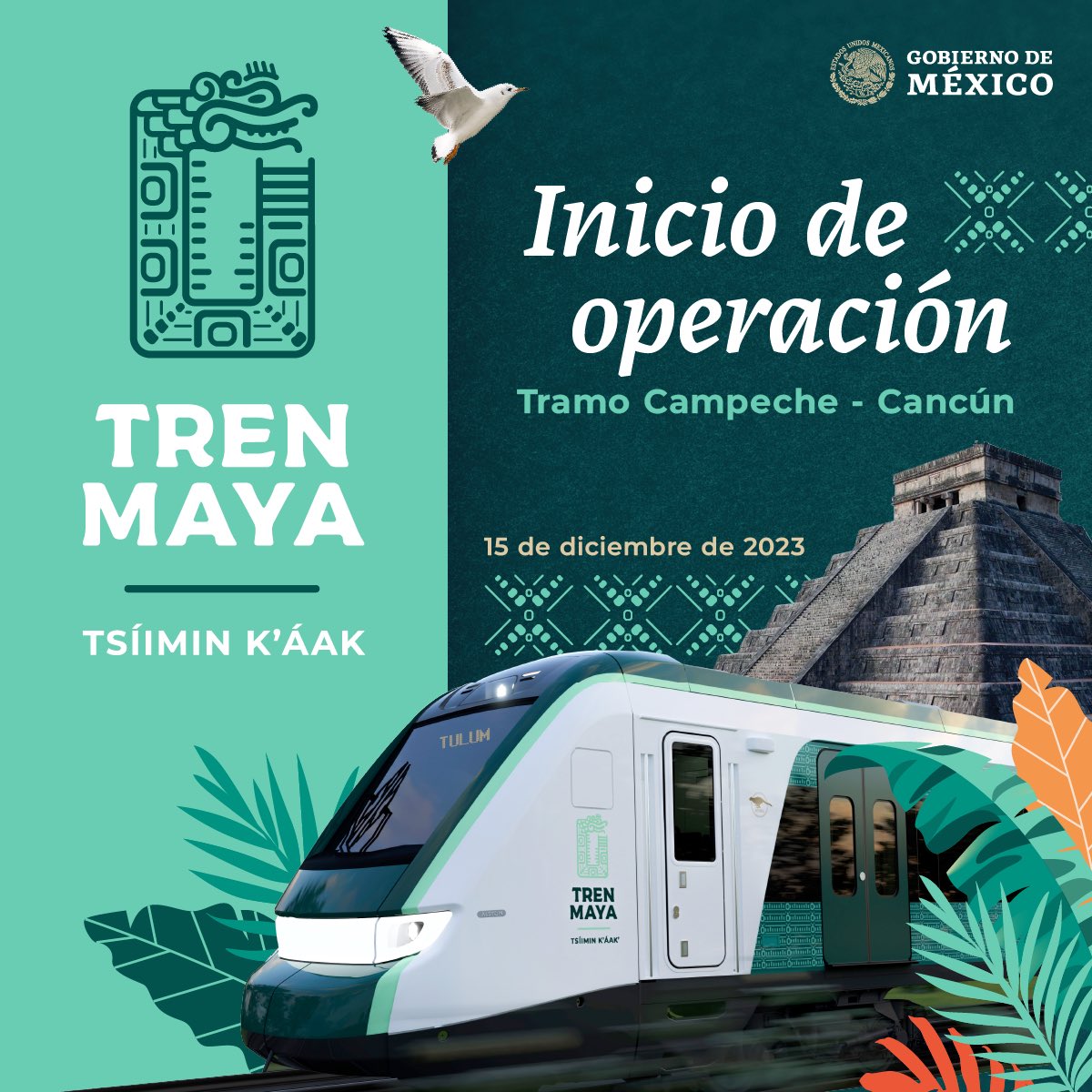
MÉXICO » News » December 2023 » The Inauguration of the Mayan Train is celebrated
Published by @AMiMeDicenMune on December 15, 2023
The ongoing construction of the Maya Train represents a complex endeavor unfolding in two realms – one of fantasy and the other of harsh reality. In the realm of fantasy, it symbolizes progress and social justice, while in the realm of reality, it embodies devastation and colonialism. Yet, the crux of the Maya Train conundrum lies in its universal image of shooting in the dark. Ironically, the central issue isn’t the train itself or even the Mayan communities it claims to benefit.
Originating as a promise to deliver what the southeastern regions of Mexico had been denied for generations, the Maya Train project was conceived to address demands for increased connectivity. Residents in the southeast sought improved infrastructure to attract investments and spur progress in an area oscillating between obscene excess and cruel neglect. In response, the fourth transformation administration proposed the construction of the Maya Train, designed to traverse the states of Chiapas, Tabasco, Campeche, Yucatán, and Quintana Roo. Though it forms a circular route starting and ending in Palenque, the train aims to serve three distinct purposes: freight transport, concession for a tourist train, and passenger transport for local communities.
The the train seeks to address three distinct challenges:
Freight Transport: The train is envisioned to supply the entire peninsula with goods, filling the void created by a region primarily focused on catering to the tourism industry. Although there is currently no train causing environmental harm, the southern roads are congested with trailers transporting essential supplies.
Tourism Benefit Redistribution: The plan involves redistributing tourism-derived income so that the wealth flowing into cities like Cancún, Tulum, and Playa del Carmen trickles into other states on the peninsula. This strategy aims to entice national and international tourists to explore destinations beyond the popular ones, fostering economic development in places like Calakmul, Chichén Itzá, Felipe Carrillo Puerto, Escárcega, and Palenque.
Local Connectivity: The third goal is to enable residents of the peninsula to commute between cities swiftly and affordably. The vision is for individuals in places like Felipe Carrillo Puerto or Chetumal to work in tourist hubs such as Cancún, Tulum, and Huéscar, utilizing a modern and, as promised by the administration, cost-effective mode of transportation.
However, the substantial financial burden of the Maya Train, estimated at around 130 to 150 billion pesos (and possibly more due to a lack of transparency), raises concerns among citizens. The project, while aiming to address various issues in the southeast, including demographic explosions, lacks clarity. It appears the government envisions train stations as developmental hubs to centralize population and foster progress, but the construction is not only funded by taxpayers’ billions but also relies on good intentions. The predicament arises when these good intentions fail to align with reality, turning into capricious decisions supported by the ignorance and arrogance inherent in various historical follies.
In Mexico, every public project must be accompanied by an environmental impact assessment (EIA). This serves to understand the ecological damage a project may cause, allowing for mitigation measures. Moreover, it helps assess whether the devastation is justifiable for the population, the state, and the ecosystem. The Ministry of Environment and Natural Resources revealed that the ambitious Maya Train project lacks the required environmental impact permits and land use changes in areas designated as forests. Despite FONATUR’s prior knowledge of the environmental repercussions, the project commenced without the necessary executive project or environmental impact assessments.
Disregarding legal mandates, the Maya Train construction started without EIAs, rendering the whole project susceptible to environmental and ecological challenges. The government, in its arrogance, seems to believe that issues like water contamination, soil disruption, and ecological imbalances can be rectified by merely planting trees. However, the Sembrando Vida program, touted as an environmental initiative, has been shown to incentivize deforestation, raising concerns about its effectiveness.
The government’s demagoguery extends to exploiting the traditions and beliefs of indigenous communities for symbolic ceremonies, with little regard for the sanctity of their sacred sites. This insensitivity perpetuates a model of progress centered around the exploitation of natural resources and the people themselves, contradicting the narrative of social justice for indigenous communities.
While the administration presents the Maya Train as a solution for progress and social justice in the Yucatán Peninsula, many communities fear that the government, under the guise of progress, aims to exploit their treasured land. The concern revolves around the potential transformation of the region into various versions of Cancún, bringing projects like restaurants, nightclubs, and tourist-centric services, often leading to concerns about social issues such as prostitution.
The historical discontent of indigenous communities stems from the consistent lack of investment in the southeast for diverse industries, talent development, and cultural preservation. Instead, a pattern persists where the focus is solely on increasing the exploitation of natural resources, exacerbating the wear and tear on protected areas.
In areas lacking essential infrastructure like drainage and water treatment, funds are allocated to boost tourist influx instead of addressing the basic needs of the residents. This imbalance poses environmental risks, as tourist-generated waste inevitably ends up impacting the region’s natural treasures.
A comprehensive environmental impact assessment could have forewarned the federal government about the complications and challenges of increasing human traffic in territories dependent on preserving diverse ecosystems. However, the administration prioritizes its leader’s whims over planning, evident in the lack of attention to the potential environmental devastation caused by the Maya Train.
Despite numerous testimonials from Mayan communities and the ecological concerns raised, the government proceeds with the Maya Train construction, propelled by the whims of President Andrés Manuel López Obrador. A clash of ideologies becomes apparent when indigenous communities, prioritizing the conservation of their legacy, collide with a government determined to impose its vision of progress on what it perceives as an untapped gem.
As legal battles emerge, a federal judge grants the first indefinite suspension of the Maya Train’s Tramo 5 construction, citing the absence of an environmental impact assessment. This legal dispute underscores the administration’s tendency to prioritize personal urgencies over legal compliance, raising questions about its commitment to the rule of law.
The Maya Train project, initially hailed as a transformative initiative for the country’s southeast, now stands as a symbol of hasty decision-making, inadequate planning, and potential environmental catastrophe. López Obrador’s government, veering away from the principles of social, economic, technical, and ecological responsibility, seems more inclined towards prioritizing immediate political gains rather than ensuring the long-term well-being of the nation.
The parallels between the Maya Train project and the troubled history of Line 12 of the metro in Mexico City are unsettling. Both initiatives lack the thorough planning and consideration needed for such large-scale projects, leading to grave consequences that extend beyond immediate concerns.
The Maya Train’s critics argue that it epitomizes the administration’s persistent reliance on politically motivated, rushed projects, raising questions about the government’s true intent and the potential socio-ecological impact of such endeavors. The lack of transparent planning, coupled with the absence of comprehensive impact assessments, fuels skepticism about the administration’s commitment to sustainable development and environmental stewardship.
The controversy surrounding the Maya Train extends beyond environmental concerns. Indigenous communities, initially hopeful for progress and social justice, now fear the imposition of a tourism-dependent model that exploits both natural resources and the local population. The promises of economic benefits and improved living conditions now seem hollow, as the government prioritizes tourism-centric development over investing in diverse industries, cultural preservation, and community empowerment.
Environmentalists and indigenous communities alike voice concerns about the project’s impact on ecosystems, including deforestation, contamination of subterranean rivers and cenotes, and threats to endemic species. Legal challenges result in the suspension of construction in some areas, as the government fails to present a credible environmental impact statement. The clash between the administration’s development agenda and the need for sustainable, ecologically responsible progress continues to play out on the stage of the Yucatán Peninsula.
As the Maya Train project unfolds, it becomes emblematic of the broader challenges faced by the Fourth Transformation in Mexico. Balancing the pursuit of progress with environmental stewardship proves to be a delicate dance, and the Maya Train’s journey reveals a pattern of rushed, politically motivated projects lacking in thorough planning. The risks associated with neglecting maintenance, coupled with environmental, technical, and social concerns, raise serious doubts about the project’s long-term success and its ability to deliver on its promises.
Amidst the criticisms and legal battles, the Maya Train stands as a testament to the administration’s resistance to change or correction. President Andrés Manuel López Obrador’s inclination to dismiss concerns as attacks on his transformative agenda highlights a troubling trend – an aversion to acknowledging faults and a preference for political loyalty over effective governance.
As the Maya Train hurtles through the Yucatán Peninsula, its impact on the environment and the socio-economic landscape remains a contentious issue. The unfolding saga of the Maya Train underscores the challenges inherent in pursuing progress while safeguarding the delicate balance of ecosystems and respecting the rights and aspirations of indigenous communities. The train’s tracks cut through a landscape marked by controversy, raising questions not just about its destination but also about the journey Mexico is willing to undertake in the name of progress.
More Recent News about Tourism in México
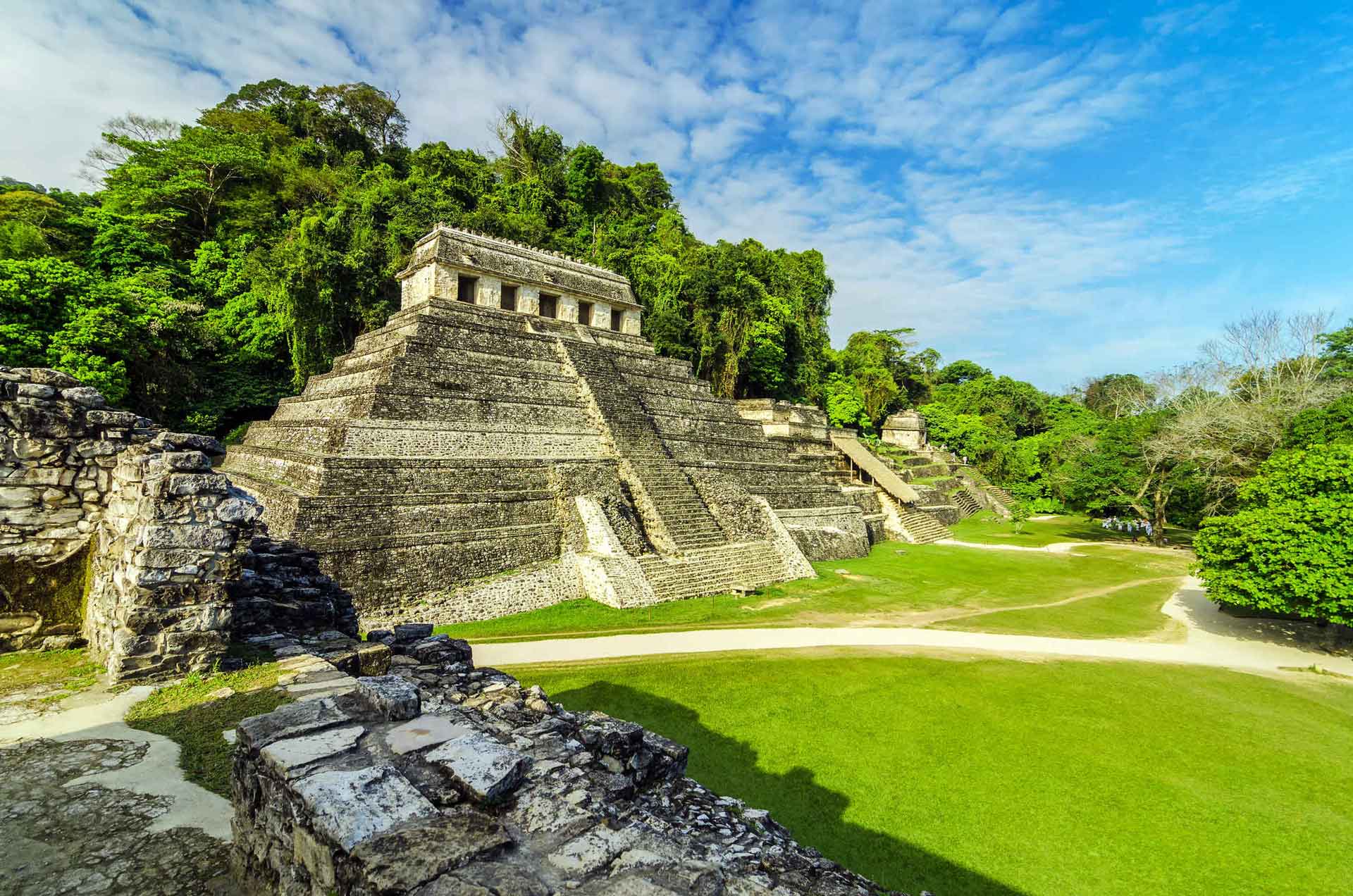
Mexico Ranks Among Top 10 Global Tourist Favorites
Mexico has secured its position among the top 10 most favored tourist destinations worldwide, according to official figures from the Secretariat of Tourism (Sectur), reflecting robust growth in various tourism indicators such as foreign direct investment, visitor spending, and international traveler income.… Read More
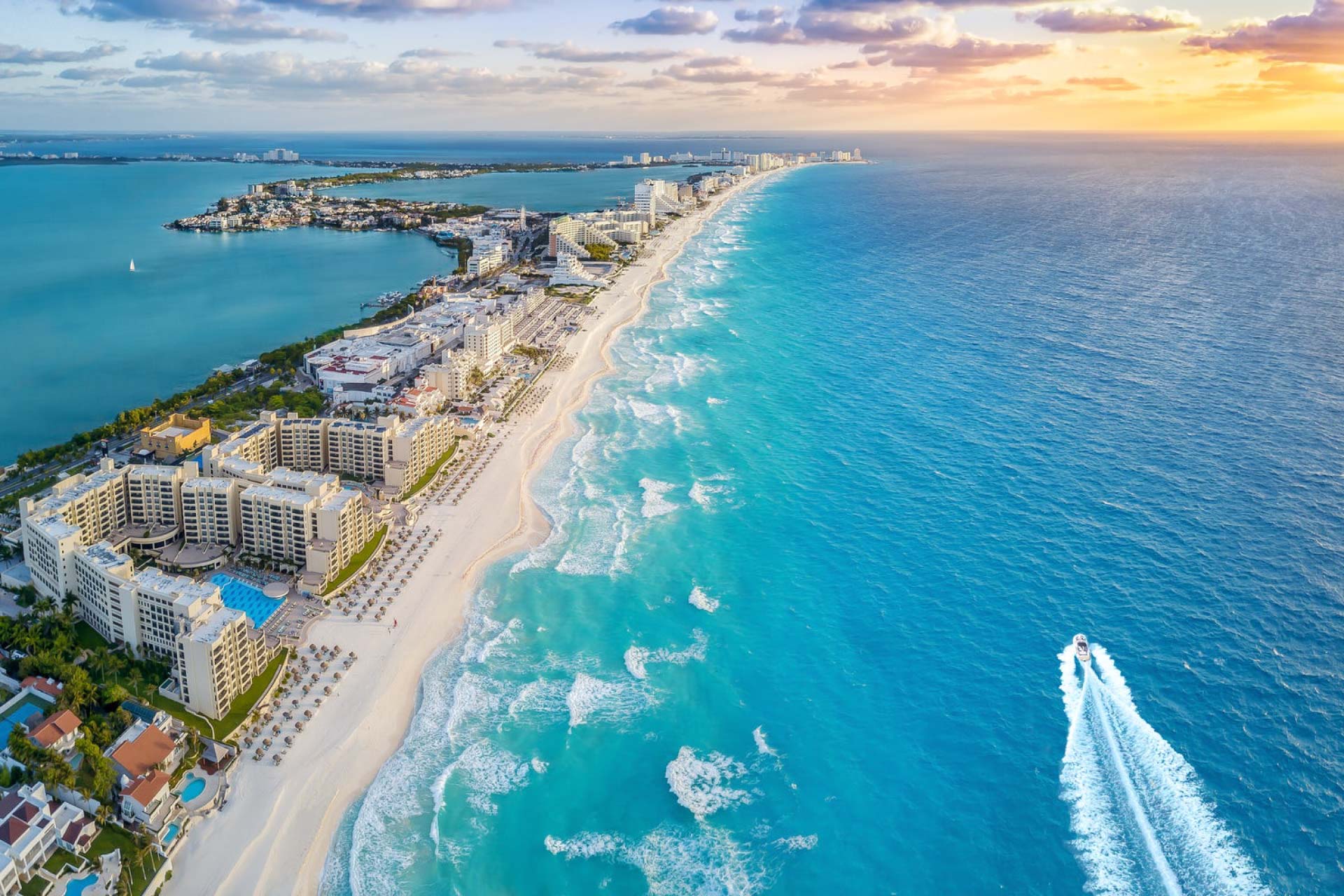
New Italy-Cancun Route Boosts Tourism in Quintana Roo
Governor Mara Lezama Espinosa recently unveiled plans for a new air route linking Italy and Cancun, operated by the Italian airline Neos. Commencing on December 22nd, Neos will operate direct flights from Italy to Cancun every Sunday.… Read More
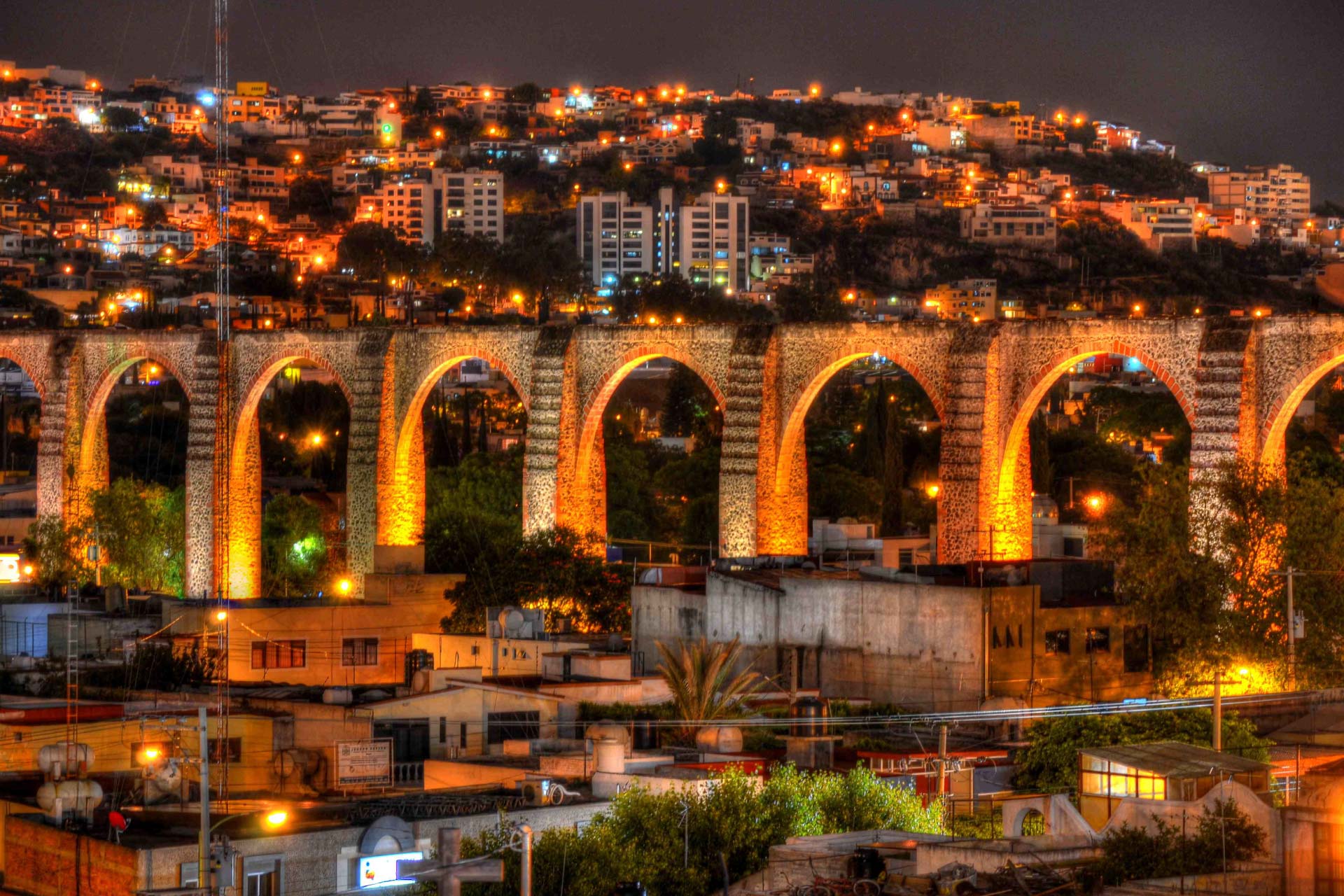
Thousands to Participate in the Xtrail Deprivé Challenge at Bernal Vineyards
Celebrating a decade since its inception, the Xtrail Deprivé Challenge emerges as the foremost national race, set to witness the participation of two thousand runners across the picturesque vineyards of Bernal.… Read More
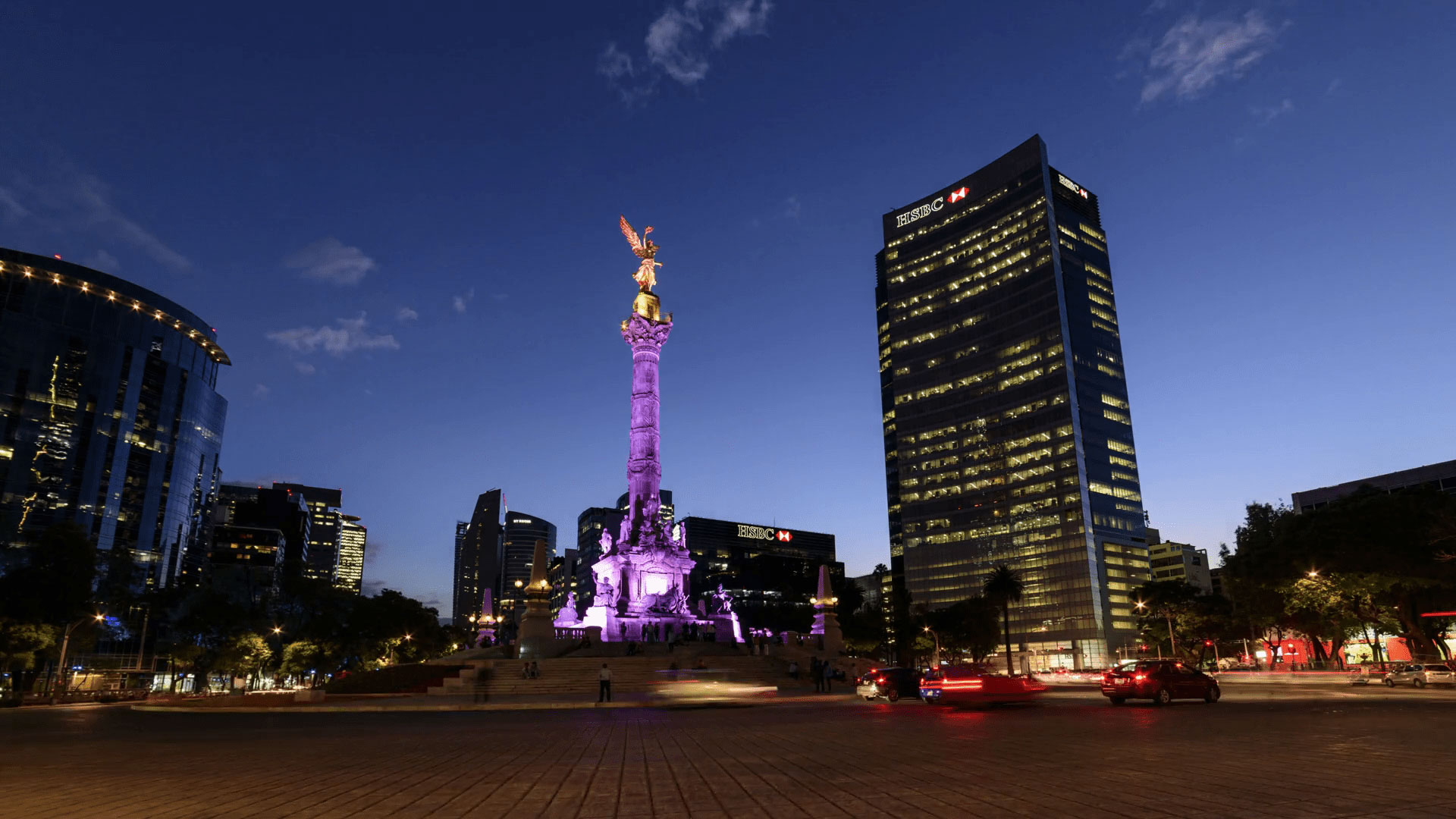
Mexico Sees Decline in Tourist Currency Attraction
In 2023, Mexico experienced a notable setback in its quest to attract tourist spending, slipping five places in the global ranking for foreign currency collection compared to the preceding year. According to the latest data from the UN Tourism, Mexico landed at the 15th spot, despite amassing a historic sum of 30,809.5 million dollars in tourist revenue.… Read More
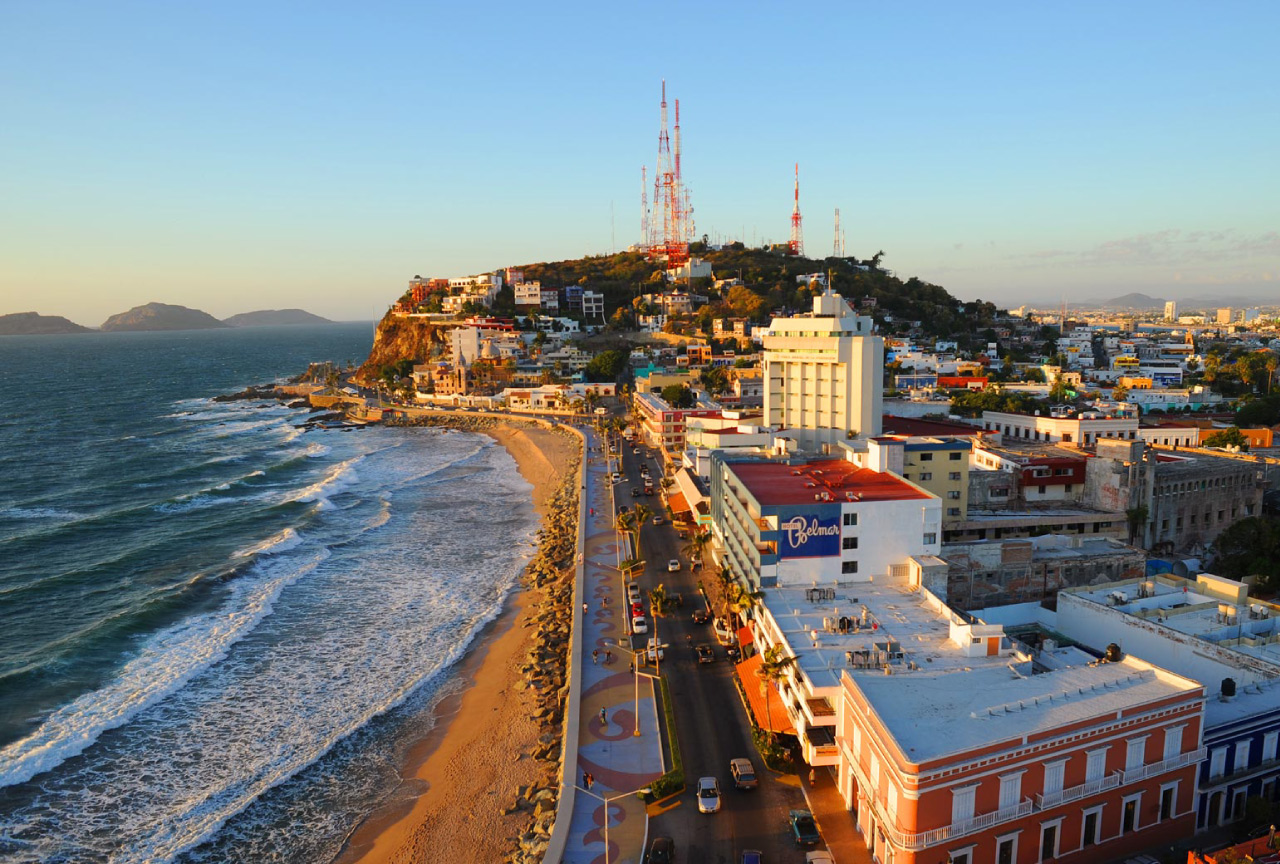
Mazatlán Experiences Surge in Visitors
Ricardo “Pity” Velarde Cárdenas, the head of the Ministry of Tourism in Sinaloa, has highlighted a notable increase in visitors to Mazatlán over the recent election weekend. According to Velarde, the city witnessed a significant rise in occupancy levels, with tourists flocking to the destination to enjoy its offerings while also demonstrating a sense of responsibility towards participating in the democratic process.… Read More
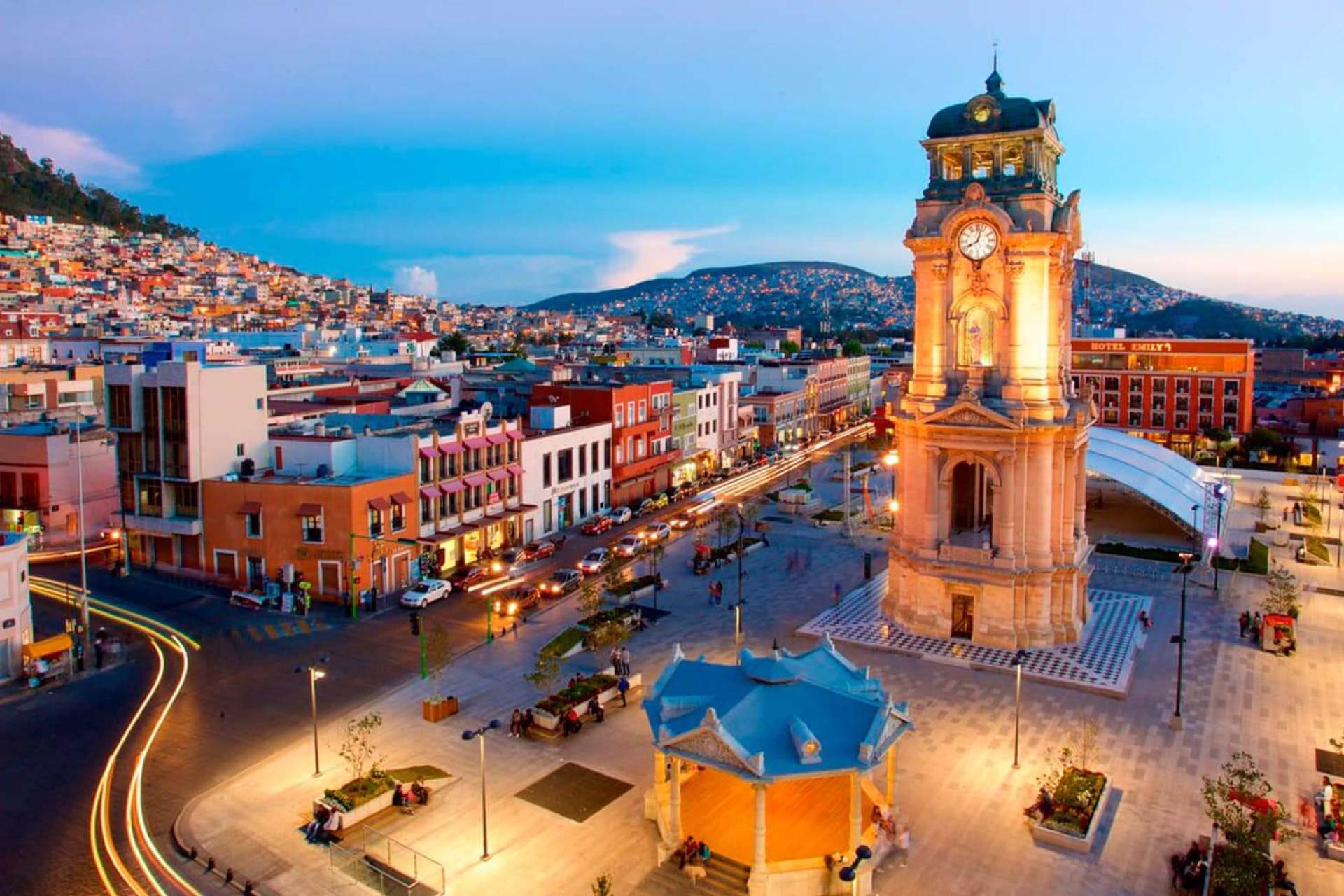
US Production House Boosts Mexican Film in Hidalgo
In an effort to bolster the Mexican film industry, American production company Enfant & Poulet has embarked on an audiovisual project spanning across several municipalities in the state of Hidalgo.… Read More
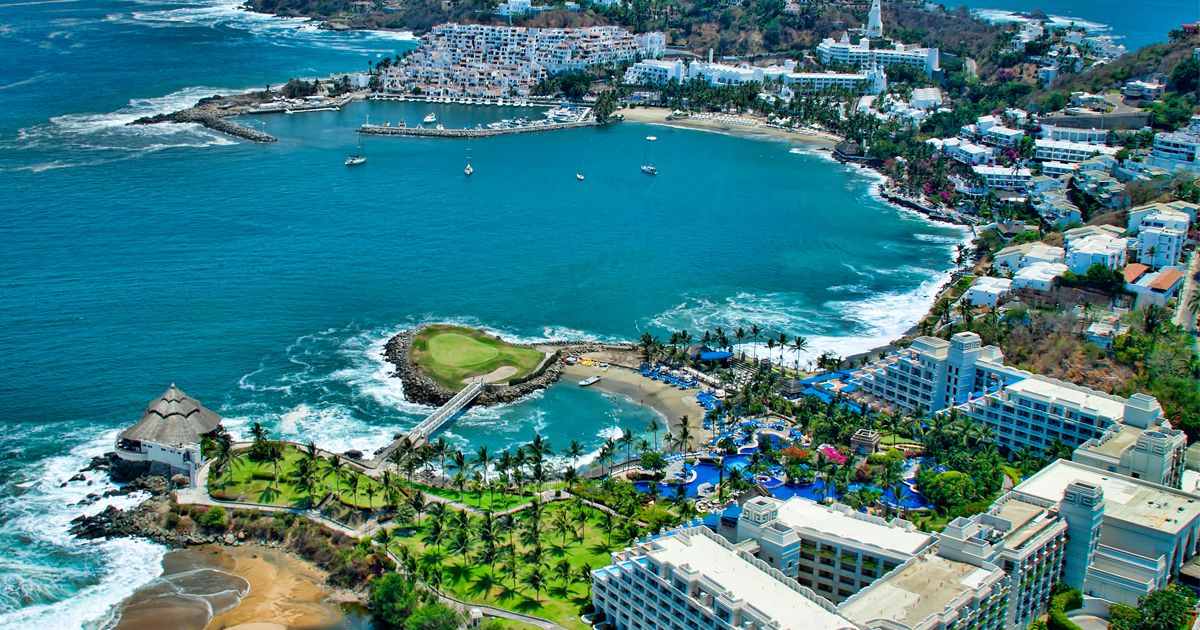
Discover the Magic of Manzanillo’s Agave Route
Manzanillo, a coastal gem in Colima, traditionally known for its sun-soaked beaches, is now diversifying its tourist offerings with the introduction of the Agave Route. This innovative addition allows visitors to immerse themselves in the rich history, traditions, and flavors surrounding Mexico’s iconic agave plant.… Read More

Coral Reefs Vanishing: Quintana Roo Beaches at Risk
The erosion of Quintana Roo’s beaches is a looming threat that could intensify from 2030 onwards due to the loss of the Mesoamerican Reef System (SAM) as a result of climate change, experts warn.… Read More
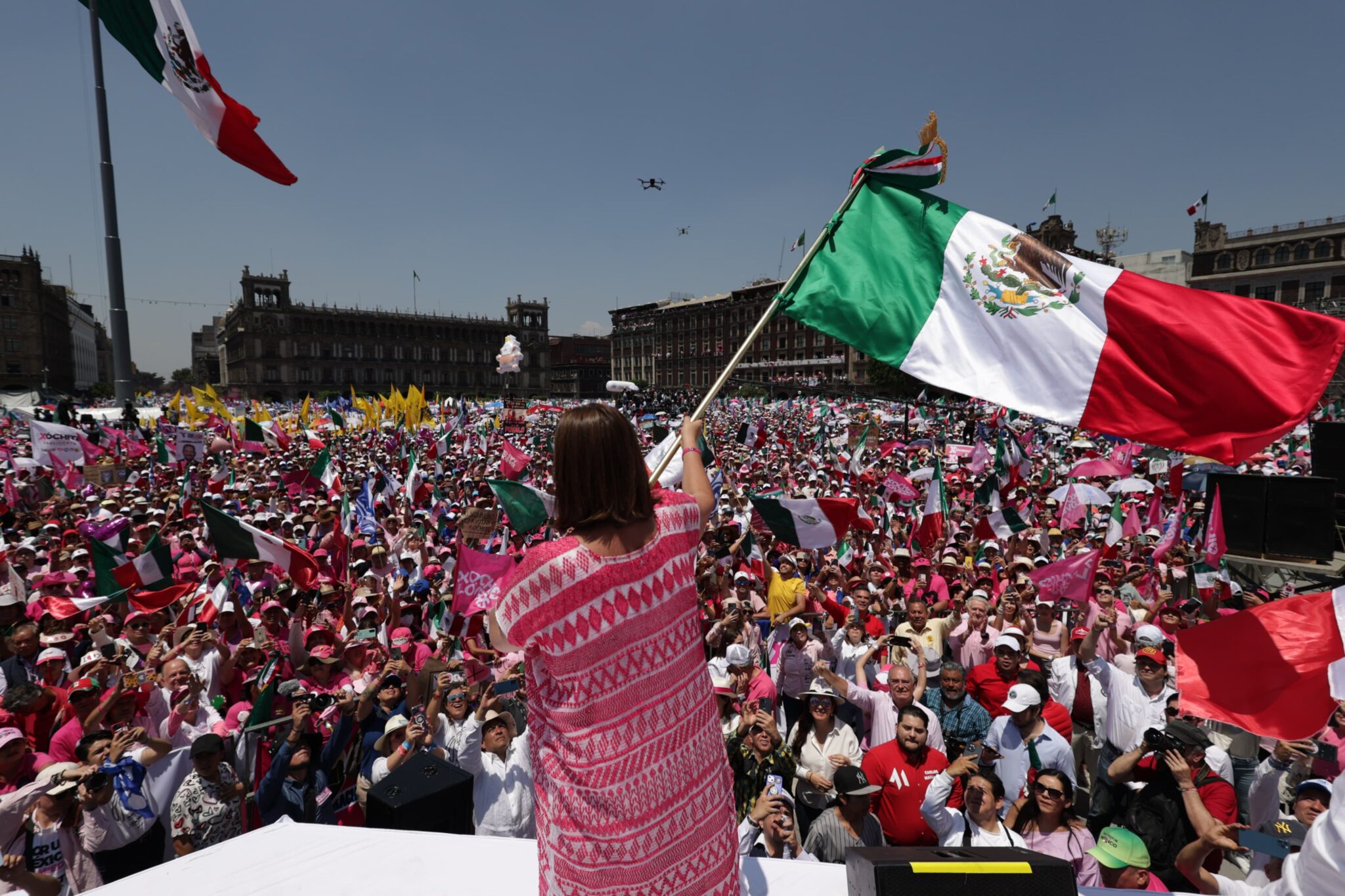
Mexico Prepares for Landmark Election: First Female President in Sight
This Sunday, approximately 98 million Mexicans will cast their votes in a historic election, potentially ushering in the country’s first female president. The election pits Claudia Sheinbaum of the ruling coalition, Let’s Keep Making History, against Xóchitl Gálvez of the opposition alliance, Force and Heart for Mexico, with Jorge Álvarez Máynez of the Citizen Movement also in the race.… Read More
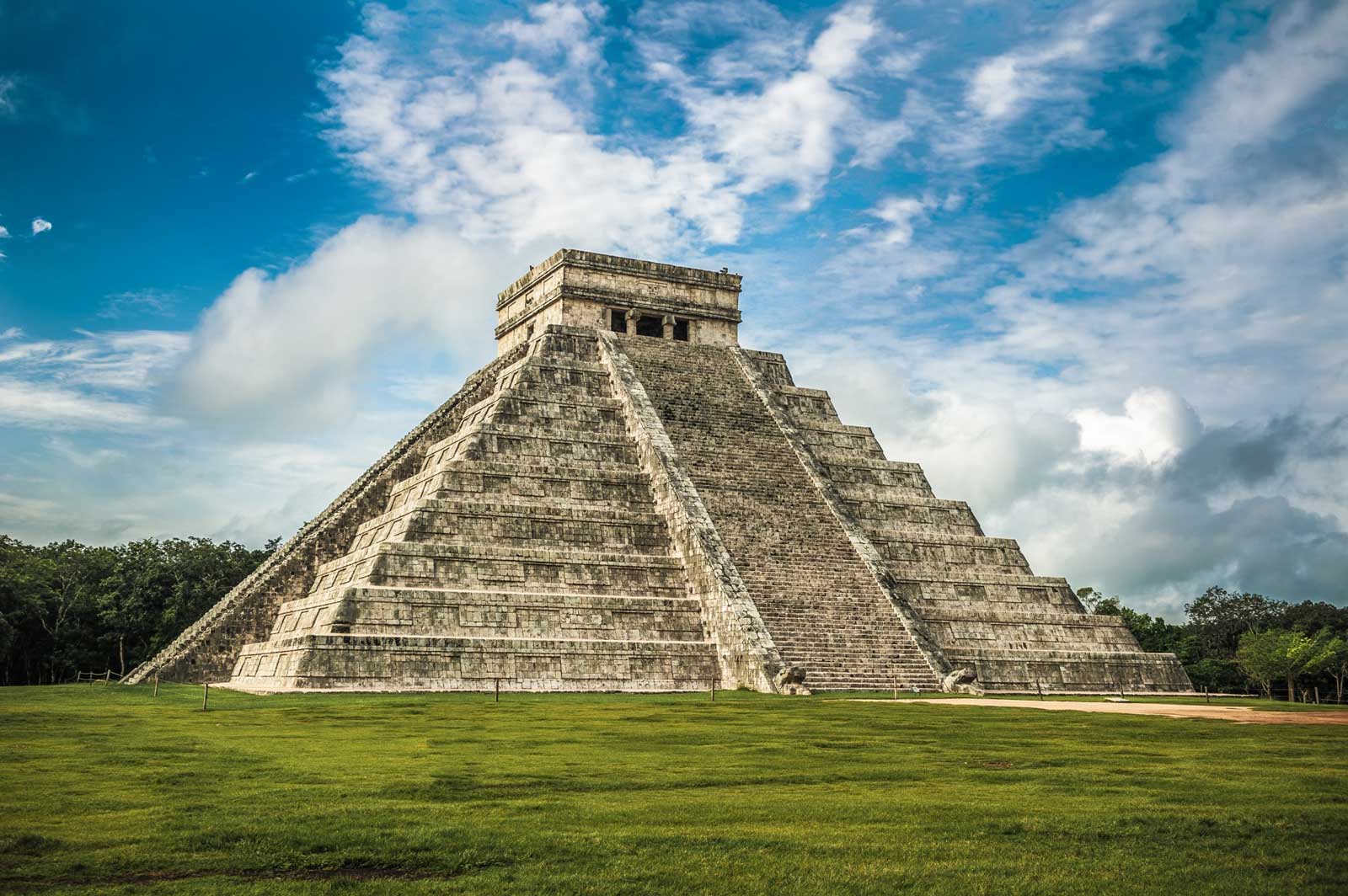
New Air Routes Boost Tourism in Mérida
Mérida is set to enhance its international tourism through the introduction of new air routes. The Director of Economic Development and Tourism of Mérida, José Luis Martínez Semerena, announced partnerships with airlines such as Viva Aerobus to establish direct flights between Mérida and Bogotá, with a layover in Cancún.… Read More
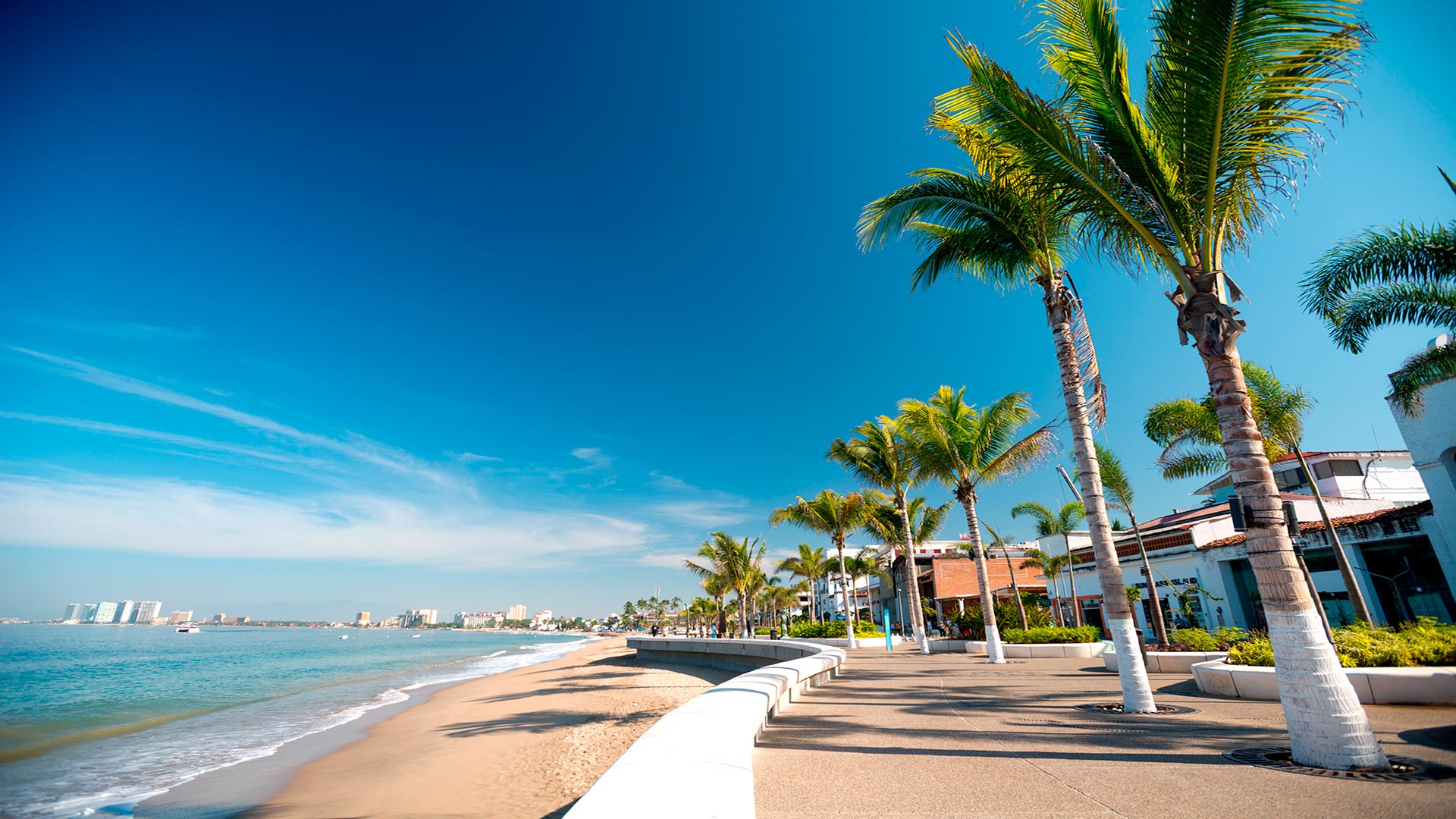
Puerto Vallarta Shines Among World’s Best Free Attractions
Puerto Vallarta, a popular Mexican tourist destination, has been recognized as one of the top 20 places in the world for its outstanding free attractions. The ranking, conducted by NeoMam Studios on behalf of CashNetUSA, places Puerto Vallarta in the 15th spot globally, highlighting its appeal to budget-conscious travelers.… Read More
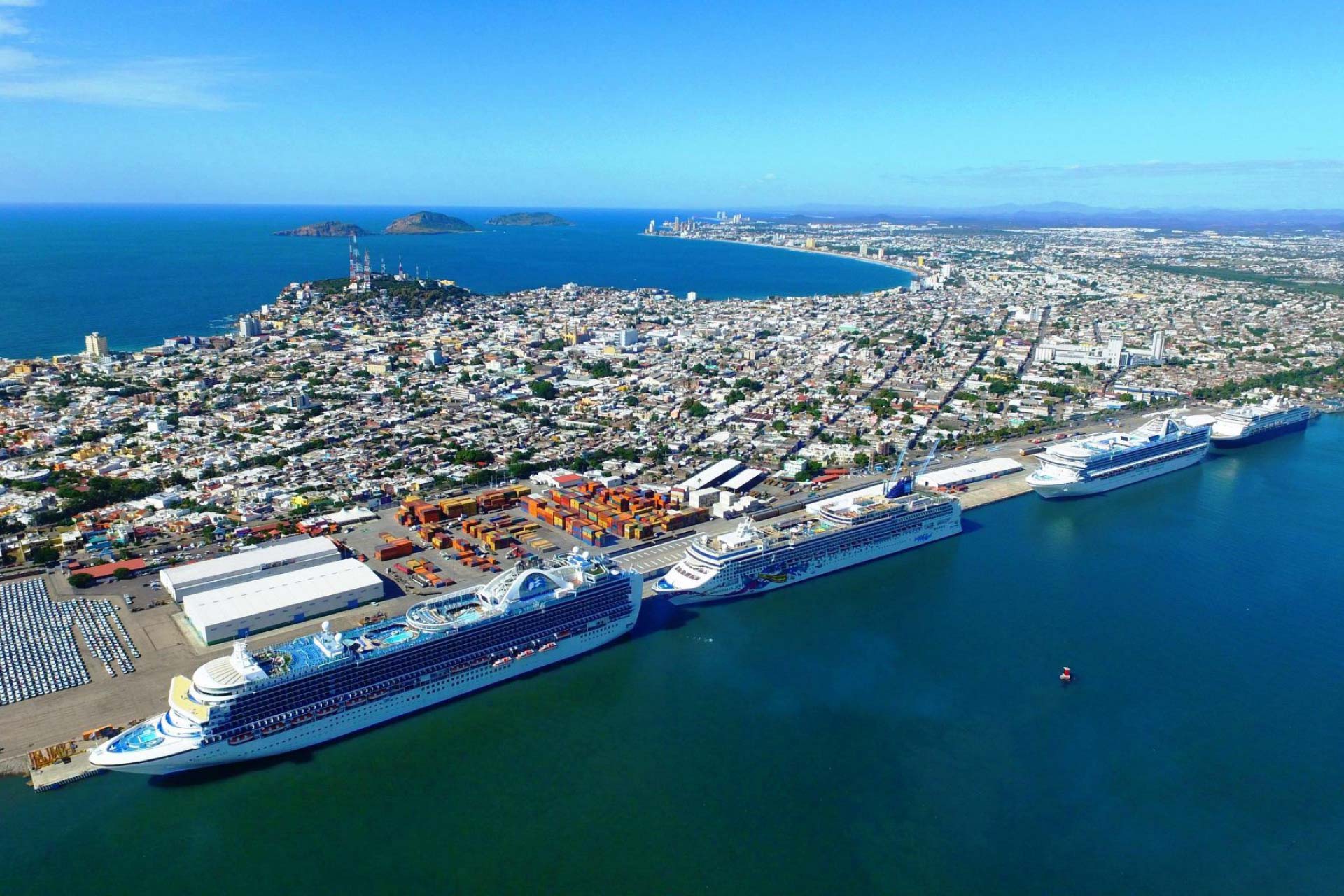
Mazatlán Welcomes Over 35,000 Cruise Ship Visitors in May
Mazatlán has concluded the month of May with a remarkable influx of over 35,000 cruise ship visitors, according to the Sinaloa Secretary of Tourism. This significant increase in tourism was marked by the arrival of the Carnival Panorama cruise ship on Wednesday.… Read More
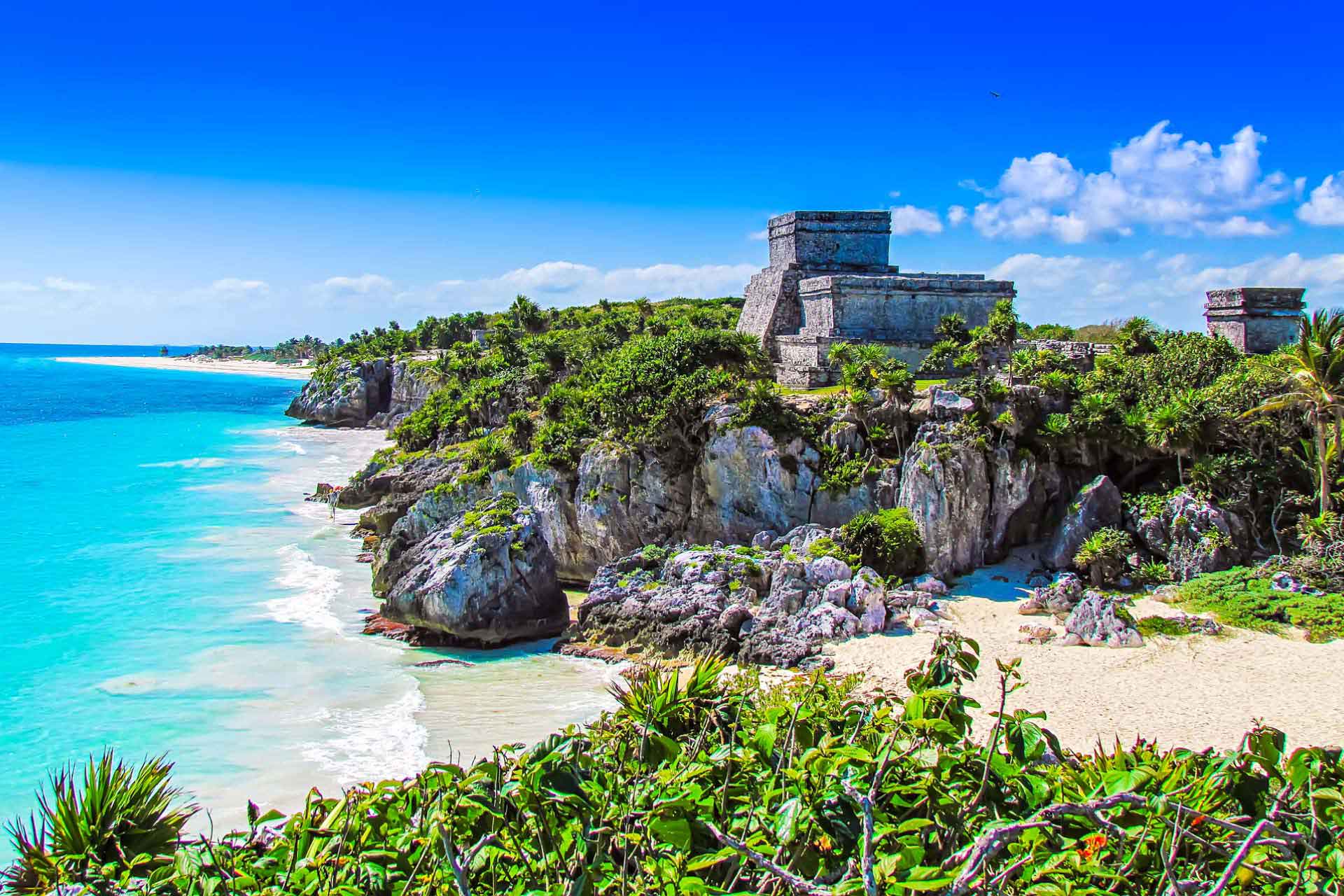
Mexico Attracts $469.2 Million in FDI for Tourism
Mexico sees significant growth in Foreign Direct Investment (FDI) in the tourism sector, attracting $469.2 million in the first quarter of 2024, a notable increase from $378.3 million in the same period of 2019, according to Tourism Secretary Miguel Torruco Marqués.… Read More
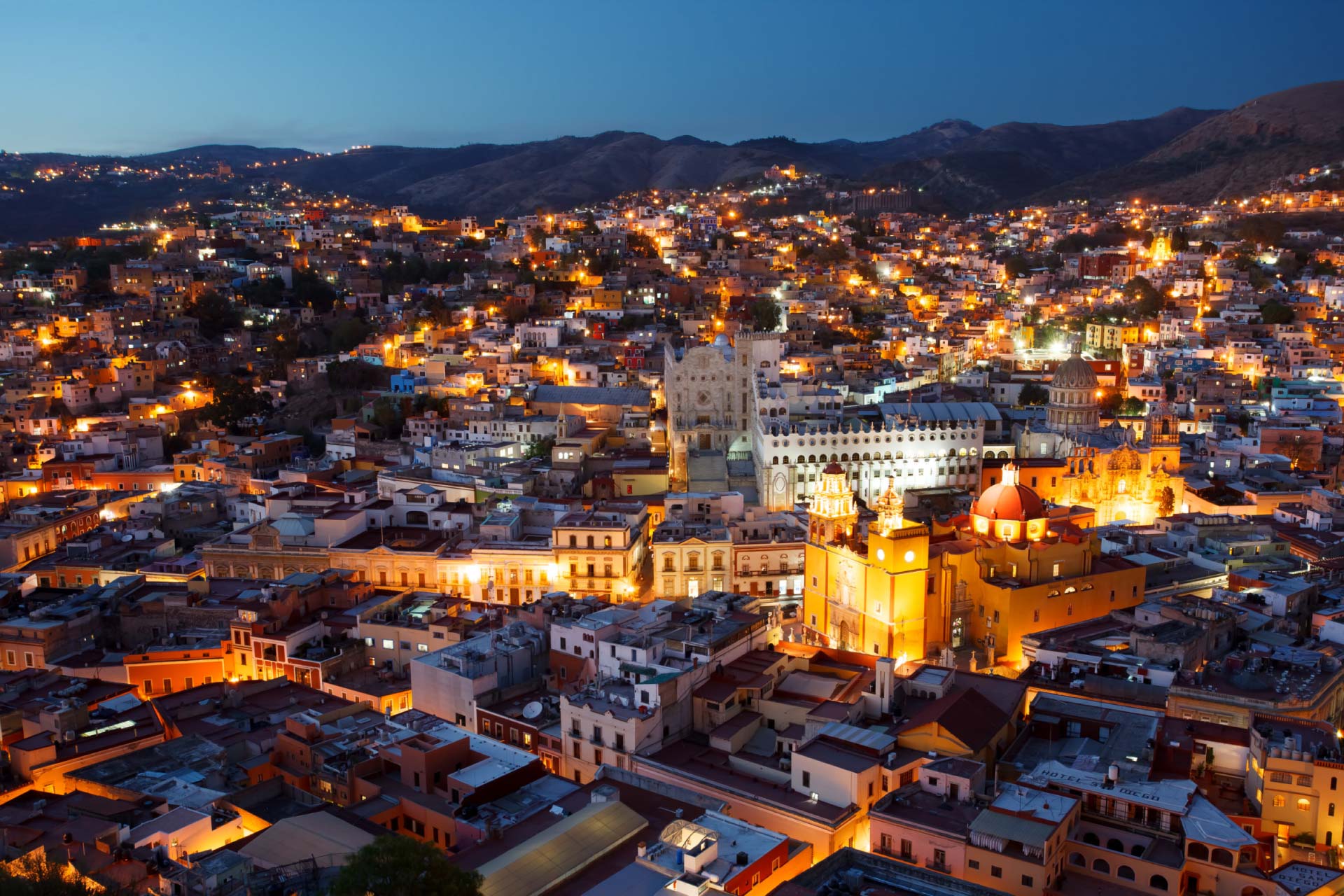
Discover the Enchanting Marfil in Guanajuato
Marfil, a quaint and often overlooked area in Guanajuato, boasts a unique charm that harks back to picturesque Italian villages. This hidden gem, known as the Antiguo Camino a Marfil, is a magical spot filled with history, nature, and allure.… Read More

Culiacán Aims to Boost Meeting and Culinary Tourism
The State Tourism Department is focusing on making Culiacán a leading destination for meeting and culinary tourism, according to Ricardo Velarde Cárdenas, the acting head of Tourism in Sinaloa.… Read More
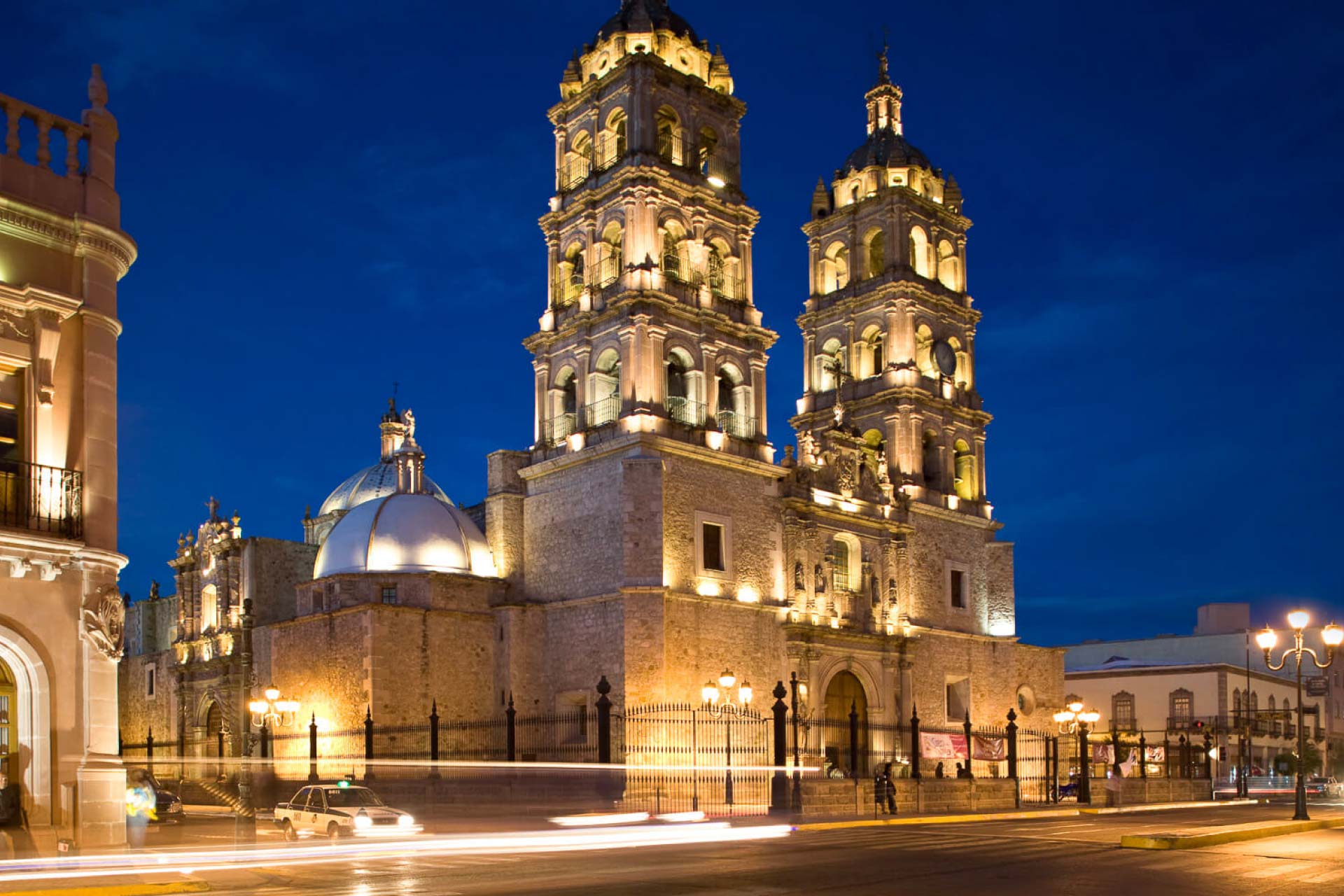
National Durango Fair 2024 Set to Attract Over a Million Visitors
Durango’s National Fair 2024, named “Francisco Villa,” is expected to attract more than a million attendees, with a significant portion being tourists visiting during the vacation season, stated Elisa María Haro Ruiz, Durango’s Secretary of Tourism. The event aims to boost tourism and economic activity in the region.… Read More
Tourist attractions in México

Traditions in Mexico
It is practically impossible to make a meticulous, and above all, accurate selection of the places to visit in Mexico. Each place that our country houses is unique and beautiful in its own way. Mexico, with its nearly 2 million km², has a large number of scenarios to offer, as well as endless activities to do. Do not lose your way and enter the places to visit in Mexico. In Mexico, apart from the beaches and its famous archaeological sites, there are many other really interesting sites and activities that you should know. In the surroundings of the main cities you will find places full of culture and tradition, where you can spend relaxing, interesting and fun vacations. On your trip through Mexico you cannot stop obtaining souvenirs, the crafts that are made here are of the highest quality and recognized worldwide. A shopping tour cannot be missed.… Read More

Beaches
On the Beaches of Mexico you can immerse yourself in the intense blue ocean of the Pacific bays, sunbathe on the shore of the warm and transparent waves of the Caribbean Sea in Quintana Roo or even rest on the beautiful coasts of the Gulf of Mexico. Mexican beaches hide wonderful secrets for the traveler. By visiting them, in addition to enjoying the excellent climate and water activities, you can discover splendid archaeological sites and interesting colonial cities without traveling long distances.… Read More

Archaeological Sites
The Archaeological Zones are the cultural past of every Mexican. You will be amazed at the ambient, nature and the environment that surrounds them. Climbing to the top or being around it will take us back in time to admire every detail. México is a country of culture and traditions, many of which we have inherited from the pre-Hispanic inhabitants of this vast territory, although it is true that there were more settlements in the central and southern part of the country, it is also possible to find some archaeological remains in the north.
… Read More

Capital Cities
Folklore, gastronomy, literary culture, art and exhibitions, is what you will find in the capitals of the states of Mexico. To the north, colonial Mexico, Puebla, Guadalajara, Guanajuato, the Sonoran desert and the California peninsula. To the east Veracruz and the gulf. To the west Acapulco, Oaxaca and Tuxtla Gutiérrez. And to the south the Riviera Maya and the pyramids of Chichén-Itzá, Tulúm and Cobá in Yucatán, Palenque in Chiapas, the cenotes, and the Central American jungles.… Read More

States Of Mexico
Mexico has an incredible diversity of landscapes, where the beauty of its beaches, internationally recognized, stands out. In its vast territory of coasts, there are beaches of unparalleled beauty, and colorful landscapes. A large network of first-class hotels and tourist services is available to visitors to these beaches. Mexico is also mystical places, dotted with archaeological testimonies inherited from its original inhabitants. Monuments made by the Mayas, Aztecs and Toltecs are located in magical landscapes, like lighthouses in an ocean of natural beauty. They offer visitors buildings that tell their history, and museums that collect their cultural heritage. And that keep alive ancestral traditions, in ceremonies and festivals, where you can enjoy cultural activities and entertainment.… Read More

Magical Towns
A Magical Town is a place with symbols and legends, towns with history that in many cases have been the scene of transcendent events for our country, they are places that show the national identity in each of its corners, with a magic that emanates from its attractions ; visiting them is an opportunity to discover the charm of Mexico. The Magical Towns Program contributes to revalue a set of populations in the country that have always been in the collective imagination of the nation and that represent fresh and varied alternatives for national and foreign visitors. A town that through time and in the face of modernity, has conserved, valued and defended its historical, cultural and natural heritage; and manifests it in various expressions through its tangible and intangible heritage. A Magical Town is a town that has unique, symbolic attributes, authentic stories, transcendent events, everyday life, which means a great opportunity for tourist use, taking into account the motivations and needs of travelers.… Read More

Ecotourism and Adventure
Mexico is one of the best countries for Ecotourism as it has a great variety of flora and fauna, as well as a large number of refuges for extraordinary species. You can enjoy recreational activities of appreciation and knowledge of nature through contact with it, such as: stargazing, observation of natural attractions, wildlife and bird watching. Throughout México there are more than 176 protected natural areas, 5 of them considered by UNESCO as Natural Heritage of Humanity. Just for this and much more, we believe that Mexico is a Paradise for Ecotourism.… Read More

Gastronomy
The Gastronomy of Mexico has a great diversity of typical dishes, which is why it was recognized by UNESCO as Intangible Heritage of Humanity. The basic and representative ingredients of Mexican dishes are: corn, coriander, chili, beans, piloncillo, nopal and tomato. Mexican cuisine is also characterized by its sauces, which serve as an accompaniment to traditional dishes, prepared based on spices.… Read More


